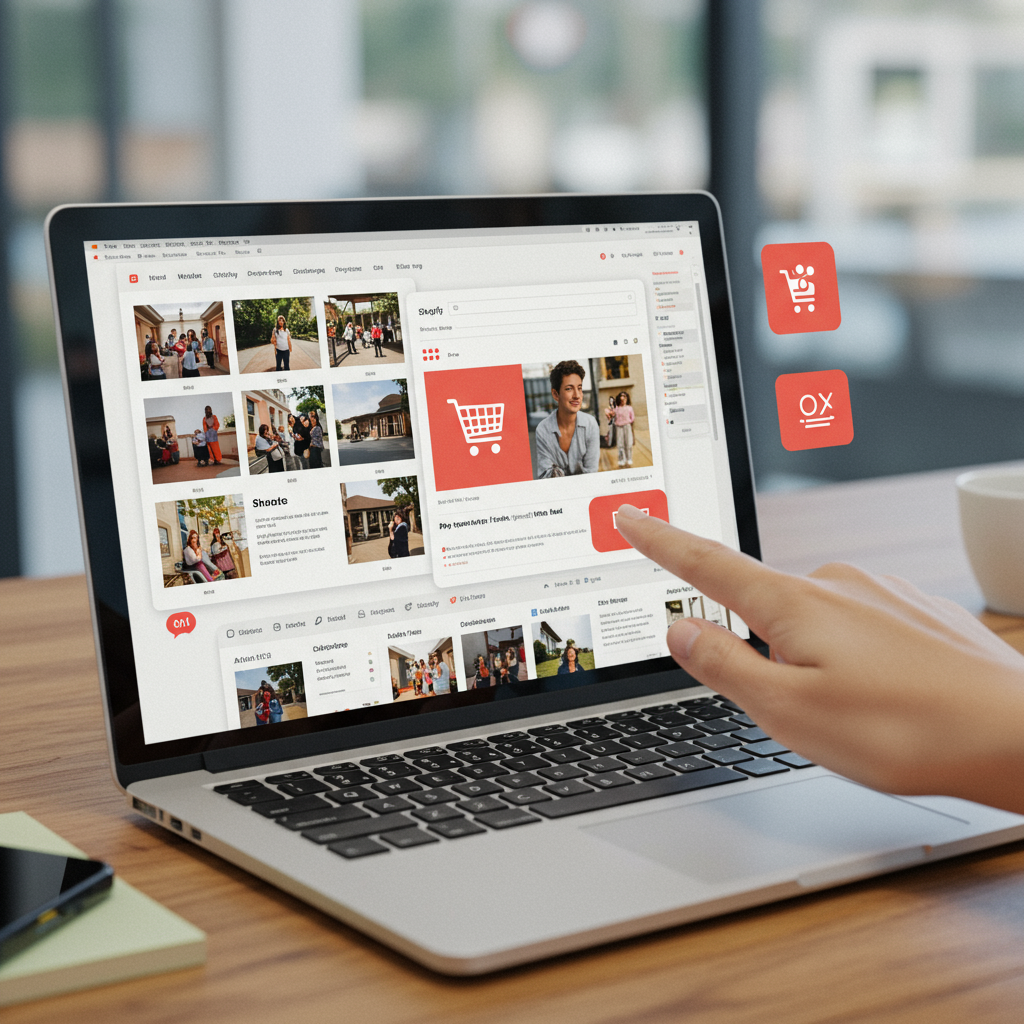Accelerate Your E-commerce Journey from Launch to Consistent Sales
Welcome, fellow entrepreneur! I remember the excitement, and perhaps a touch of overwhelm, when I first launched my Shopify store. It’s a fantastic platform, but getting noticed and making those initial sales can feel like climbing a mountain.
That’s why I’ve put together this guide, sharing some of the most effective growth hacks I’ve learned and applied over the years, specifically tailored for new Shopify sellers like you. My goal is to help you accelerate your journey from launch to consistent sales.
The very first hack, and arguably the most crucial, is **Niche Validation and Deep Understanding**. Before you even think about products, truly understand who you’re selling to and what problem you’re solving for them.
Don’t just pick a product; pick a passion or a pain point. Research your target audience’s demographics, psychographics, and online behavior. Where do they hang out? What are their aspirations?
This deep understanding will inform every decision you make, from product selection to marketing messages, ensuring you’re not just shouting into the void but speaking directly to your ideal customer.
Next, let’s talk about your **Store’s First Impression: Professionalism and Trust**. Your Shopify store isn’t just a place to list products; it’s your digital storefront, your brand’s home.
Invest time in a clean, intuitive theme. Shopify offers many excellent free themes that are mobile-responsive and visually appealing. Don’t overcomplicate it with too many flashy elements. Simplicity often wins.
High-quality product photography is non-negotiable. I cannot stress this enough. Blurry, poorly lit images will instantly turn customers away. If you can’t hire a professional, learn some basic photography skills or use a smartphone with good lighting.
Show your products from multiple angles, in use, and with lifestyle shots. This helps customers visualize themselves with the product and builds desire.
**Compelling Product Descriptions** are your silent salespeople. Don’t just list features; highlight benefits. How will this product improve your customer’s life? What problem does it solve?
Use storytelling where appropriate. Make your descriptions engaging, easy to read, and include clear calls to action. Think about the emotional connection.
Now, for getting found: **Basic Search Engine Optimization (SEO)**. Even as a new seller, you can lay a strong foundation. Start with keyword research related to your products and niche.
Use these keywords naturally in your product titles, descriptions, collection names, and blog posts. Shopify has built-in SEO features that make this relatively straightforward.
Ensure your site loads quickly. Page speed is a ranking factor and crucial for user experience. Optimize your images and use a fast theme.
**Leverage Email Marketing from Day One**. This is one of the most powerful assets you’ll build. Set up an abandoned cart recovery sequence immediately. Many Shopify apps can automate this.
Create a welcome series for new subscribers. Offer a small discount for signing up to your newsletter. Use email to share new products, promotions, and valuable content.
**Social Media Presence (Organic & Paid)**. Identify where your target audience spends their time online. Is it Instagram, TikTok, Pinterest, Facebook? Focus your efforts there.
Consistently post engaging content that provides value, not just sales pitches. Behind-the-scenes, tutorials, customer spotlights, and user-generated content work wonders.
Consider running small, targeted paid ad campaigns. Even a modest budget can yield results if your targeting is precise. Start with retargeting ads for abandoned carts or website visitors.
**Build Trust with Social Proof**. Customer reviews are gold. Encourage customers to leave reviews after purchase. Display them prominently on your product pages.
If you’re just starting, ask friends or family who genuinely use your product to leave honest reviews. User-generated content (UGC) like photos or videos from customers is also incredibly powerful.
**Exceptional Customer Service** is a growth hack in itself. Respond promptly and courteously to inquiries. Go the extra mile to resolve issues. Happy customers become repeat customers and brand advocates.
Clearly display your shipping, return, and privacy policies. Transparency builds trust and reduces customer anxiety.
**Upselling and Cross-selling** are fantastic ways to increase your Average Order Value (AOV). Suggest complementary products at checkout or on product pages. “Customers who bought this also bought…”
Shopify apps can automate this process, making it seamless for your customers and profitable for you.
**Utilize Shopify Apps Wisely**. The Shopify App Store is a treasure trove. Look for apps that enhance customer experience, automate tasks, or provide valuable insights.
Don’t overload your store with too many apps, as they can slow down your site. Choose ones that directly address a specific need or pain point.
**Analyze Your Data**. Shopify Analytics provides a wealth of information. Look at your conversion rates, traffic sources, popular products, and abandoned carts.
Use this data to make informed decisions. If a product isn’t selling, perhaps the description needs work, or the price is off. If a traffic source isn’t converting, re-evaluate your strategy there.
Finally, and perhaps most importantly, **Patience and Persistence**. Building a successful Shopify store takes time and effort. There will be ups and downs.
Don’t get discouraged by slow starts. Learn from every experience, iterate, and keep pushing forward. Celebrate small victories along the way.
I truly hope these growth hacks provide a solid foundation for your Shopify journey. They’ve certainly helped me.
What do you think about this article? I’d love to hear your thoughts and any strategies you’ve found successful!
Remember, the e-commerce landscape is always evolving, so stay curious, keep learning, and adapt your strategies as needed. Good luck!






